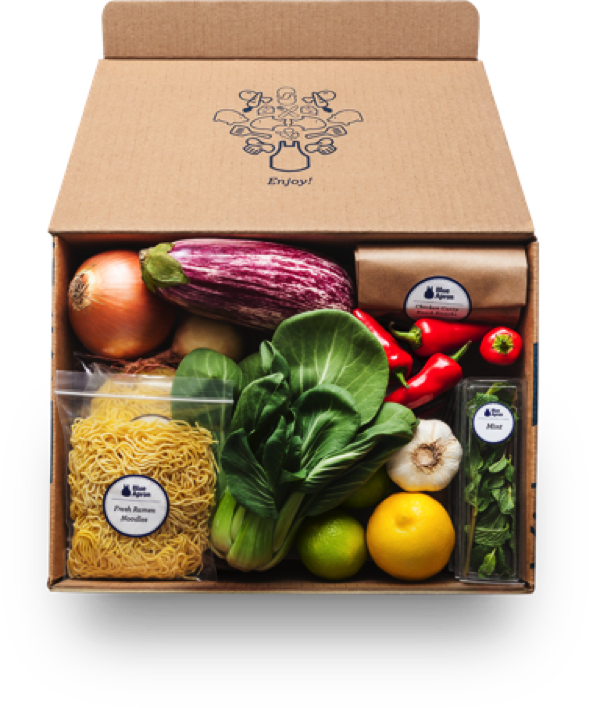What’s the first thing you think about when walking into your office each morning? The reality is that you’re likely juggling several things at once, right out the gate.
Manufacturing and processing in the food and beverage space has a lot of moving parts (literally and figuratively), and food processors often have a lot on their plates — food safety priorities, personnel issues and distribution logistics are just a few.
But have you considered how your plant’s operations intersect with your company’s branding?
Ultimately, your processing and packaging are an extension of your brand.
Packaging is where food processing meets marketing
Obviously, the quality of your product is important, but now more than ever, growing your business is about more than just the product itself. Brands have personalities, and your product is the tangible extension of your brand.
Okay, let’s pause for a moment, because you’re probably thinking: “All this ‘branding’ stuff is what the marketing people at the corporate office handle. What could this have to do with the manufacturing end of things?”
However, what happens in a processing facility plays a big role in a product’s personality, too.
Your packaging is the initial way your consumer comes into contact with your product. Packaging speaks volumes about a product before it’s even used — it can be the first “touch point” between your consumer and your brand.
What does your packaging say about your product?
How Blue Apron’s packaging tells a story
When you think of food and beverage companies with “personality,” you may think of brands like Starbucks or Wendy’s, which recently gained attention with its social media sass. But your packaging has a voice, too.
For example, the meal delivery service Blue Apron has achieved something unique with its packaging. Its distribution model involves re-packing and re-branding goods before combining them into one box.
Simple yet distinct labeling offers a “clean” look designed to make cooking less intimidating for novice chefs, a segment of Blue Apron’s target audience.
You could easily recognize the Blue Apron identity when you open one of their meal kit boxes, even if the company’s name were to be removed. The fingerprints of the brand’s personality are on every element of the packaging.

What sets the company apart is that Blue Apron’s packaging is an experience.
Plus, the packaging is recyclable and the company offers a returns program that makes it easy for customers to send back packaging to be recycled — a plus for the company’s target market of young working professionals.
Green building and manufacturing as an extension of brand
Manufacturing can intersect with branding beyond just packaging. Consider Starbucks and its focus on environmental responsibility. That priority is a centerpiece of the company’s branding, but its manufacturing plays a major role in that effort as well, including practicing sustainable processing and constructing eco-friendly, LEED certified facilities.
The point is: your food or beverage plant is an extension of your company’s brand. It can be easy to get mired in the day-to-day logistics of your facility, but it’s important to consider what your packaging and processing says about who you are to your consumer. A growing number of consumers today care how products are made. The quality of your packaging and the way you manufacture can often speak to your brand more than any marketing materials or advertisements.
Next week, we’ll continue the discussion on packaging as Pack Expo East draws closer. We’ll examine packing trends on the horizon in 2017 and what to expect if you’ll be attending the conference in Philadelphia.



